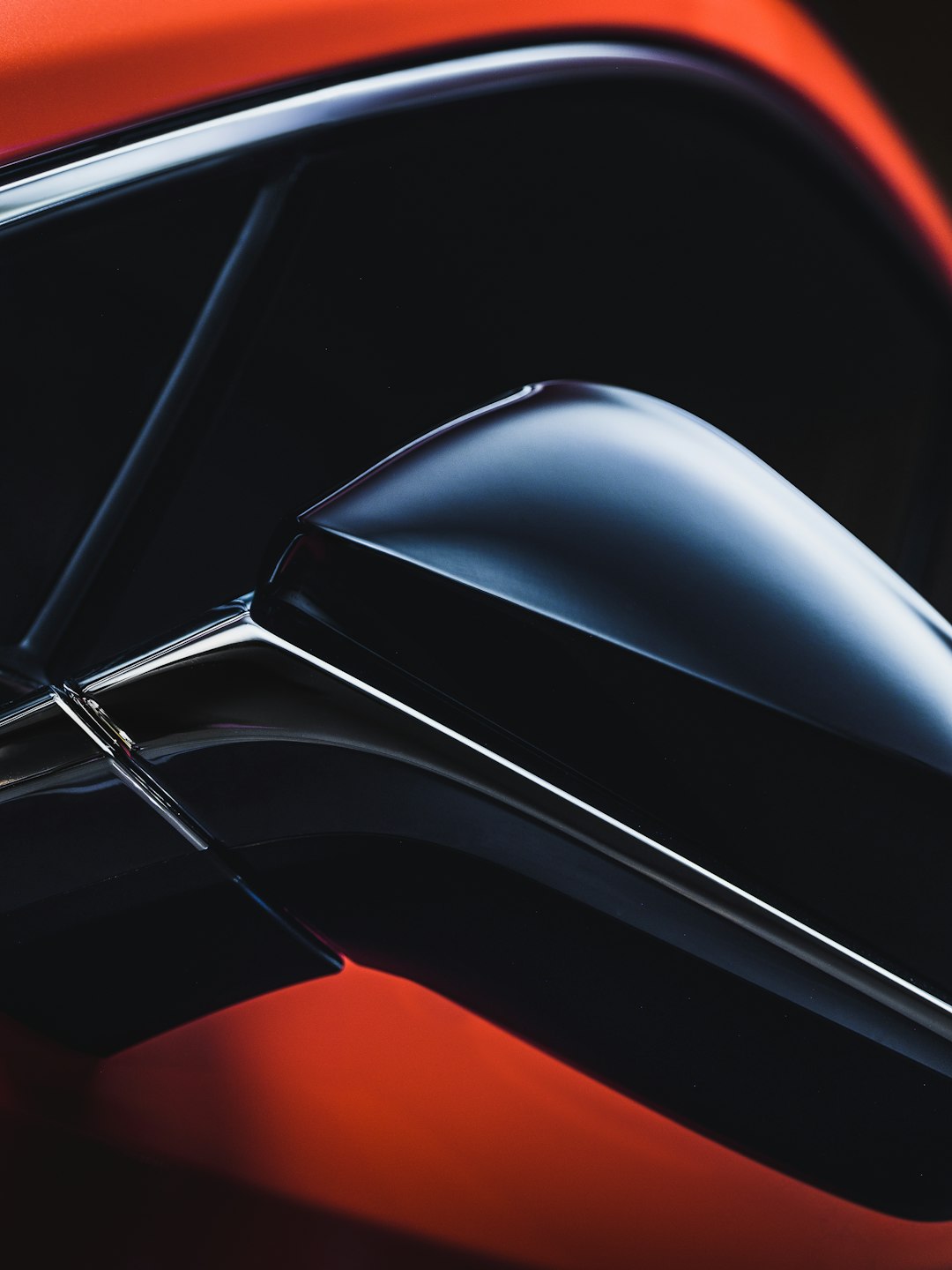Thumbnails on the Google Chrome homepage are a convenient way to quickly access frequently visited websites. These small rectangular icons appear beneath the search bar when a new tab is opened. Whether a user wants to keep their favorite websites handy or simply organize their browsing experience, adding or customizing thumbnails can be a beneficial trick for improving efficiency.
Understanding Thumbnails in Google Chrome
Chrome automatically generates thumbnails based on the user’s browsing habits. This means that frequently visited websites appear as thumbnails on the new tab page by default. However, users also have the option to manually add or modify these thumbnails based on their needs.
Following a step-by-step guide can simplify the process of managing these customizable shortcuts.
Step-by-Step Guide to Adding Thumbnails in Google Chrome
-
Open a New Tab
Launch the Chrome browser and open a new tab by clicking the plus sign on the top tab bar or using the shortcut Ctrl + T (Windows) or Cmd + T (Mac).

-
Click “Customize Chrome” Button
At the bottom-right corner of the new tab page, click on the “Customize Chrome” button. This button opens a menu where users can personalize their Chrome experience, including background images and theme colors.
-
Select “Shortcuts” Tab
In the pop-up window, switch to the “Shortcuts” tab. This section allows users to switch between ‘My shortcuts’ and ‘Most visited sites.’ Make sure “My shortcuts” is selected to manually manage thumbnails.
-
Add a New Shortcut
Click the “+ Add shortcut” tile. A dialog box will appear where the user can enter:
- Name: The label for this thumbnail.
- URL: The web address the thumbnail should point to.
After entering the desired information, click the “Done” button to save the new thumbnail. The new shortcut will now appear on the new tab page.

-
Edit or Remove an Existing Thumbnail
Hover over any existing thumbnail, and a vertical ellipsis (three-dot menu) will appear in its top-right corner.
- Select Edit shortcut to change the name or URL.
- Select Remove to delete the thumbnail completely.
Tips for Managing Thumbnails Effectively
- Use easy-to-recognize names for quick identification.
- Only keep the sites you use most often for maximum efficiency.
- Regularly update or remove old shortcuts to prevent clutter.
Managing Chrome’s thumbnails is not only a matter of personalization but also enhances productivity by cutting down on redundant typing and search time. Whether for work or leisure, customized thumbnails on the Chrome homepage can provide a faster, more streamlined browsing experience.
FAQs
- Q: Why don’t my thumbnails appear even after I add them?
A: Ensure “My shortcuts” option is selected under the “Shortcuts” tab in the Customize Chrome settings. Also, refresh the tab or restart Chrome if needed. - Q: Can I rearrange the order of the thumbnails?
A: As of now, Chrome does not allow drag-and-drop reordering of thumbnails. You’ll need to remove and re-add them in the order you want. - Q: How many thumbnails can I add on the new tab page?
A: Chrome allows users to add up to 10 thumbnails on the new tab page. - Q: Can I use images for thumbnail icons?
A: Chrome automatically generates a favicon from the website. Manual upload of thumbnail images is not currently supported. - Q: Does using incognito mode affect thumbnails?
A: Yes, thumbnails and shortcuts do not appear in incognito mode, as the browsing session is private and doesn’t retain history.



